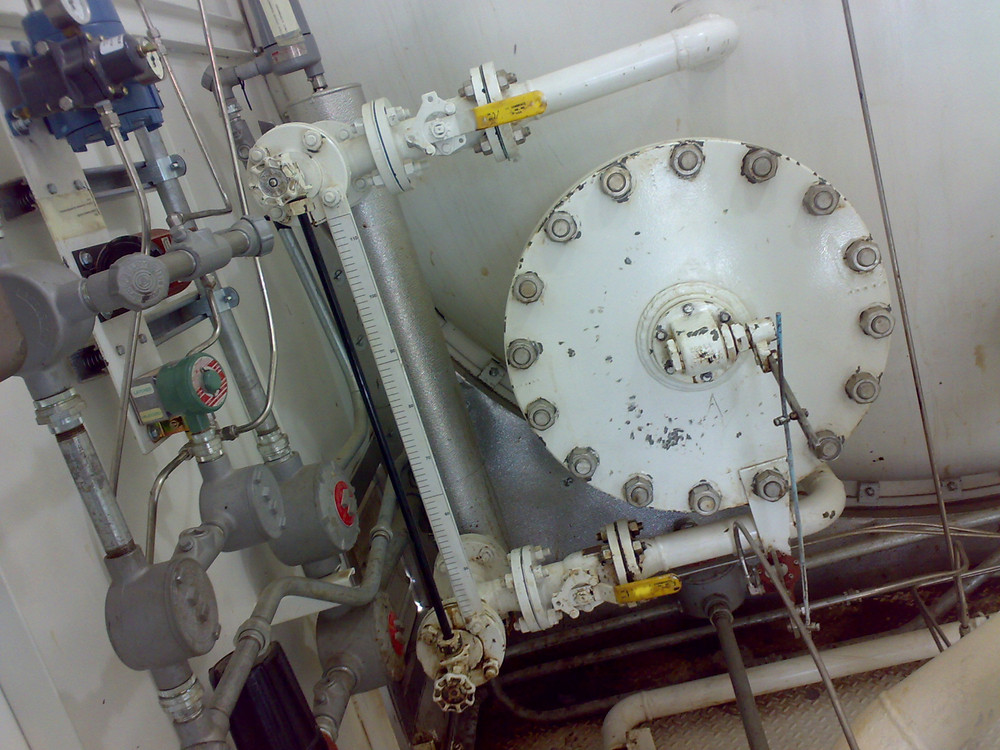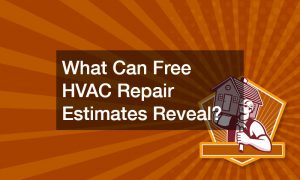
Device control unit Heater-Treater

Your air handler plays a critical role in your HVAC system by circulating conditioned air throughout your home. When it malfunctions, it can disrupt comfort and efficiency. In Colorado, where extreme temperatures are common, ensuring your air handler is in optimal condition is essential. Here’s a step-by-step guide to air handler repair in CO to help you address issues promptly and effectively:
Diagnosis of the Problem: The first step in air handler repair is diagnosing the problem. If your air handler is not functioning correctly, it could be due to various issues such as electrical failures, motor problems, clogged filters, or thermostat malfunctions. Conduct a visual inspection of the unit to look for obvious signs of damage or wear. However, many issues may require professional diagnosis by HVAC technicians.
Shut Off Power: Before attempting any repairs, ensure the power to the air handler is turned off. Locate the circuit breaker or disconnect switch that controls power to the unit and switch it off to prevent electrical accidents or injuries during the repair process.
Inspect and Clean Filters: Dirty or clogged air filters can restrict airflow and strain the air handler, leading to reduced efficiency and performance. Remove the filters from the air handler and inspect them for dirt, dust, or debris. If they are dirty, clean or replace them according to the manufacturer’s recommendations.
Check for Motor Issues: The motor is a critical component of the air handler responsible for circulating air. If the motor is malfunctioning, it may produce unusual noises, fail to start, or run intermittently. Inspect the motor for signs of wear or damage, such as worn belts, loose connections, or overheating. If necessary, lubricate moving parts or replace the motor with the help of HVAC professionals.
Inspect Belts and Pulleys: A loose or damaged belt can cause the blower motor to malfunction, affecting airflow and performance. Inspect the belts and pulleys for signs of wear, fraying, or misalignment. Tighten or replace loose or damaged belts to ensure proper operation of the air handler.
Check Electrical Connections: Faulty electrical connections can cause the air handler to malfunction or fail to operate altogether. Inspect the electrical connections, terminals, and wiring for signs of corrosion, loose connections, or damage. Tighten loose connections and replace damaged wiring or components as needed to restore proper function.
Test and Verify Operation: Once repairs are complete, test the air handler to ensure it operates correctly. Turn the power back on and observe the unit for any unusual noises, vibrations, or performance issues. Verify that air is flowing smoothly through the vents and that the temperature is consistent throughout your home.
Schedule Professional Maintenance: To prevent future issues and ensure optimal performance, schedule regular maintenance for your air handler with HVAC professionals in CO. Professional maintenance includes cleaning, lubricating, and inspecting components to identify and address potential problems before they escalate into major repairs.

By following this step-by-step guide to air handler repair in CO and partnering with trusted HVAC professionals, you can address issues promptly and effectively, ensuring your air handler operates efficiently and reliably year-round. Regular maintenance and timely repairs are essential for maximizing the lifespan and performance of your HVAC system, particularly in Colorado’s challenging climate.






